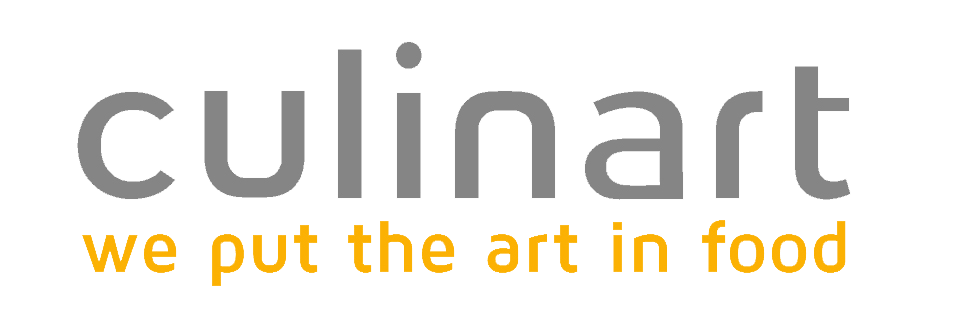The best way to sharpen knives
Freehand Knife Sharpening Freehand sharpening involves manually holding a knife against an abrasive, such as a sharpening stone. It offers greater adaptability, portability, and cost-effectiveness, but mastering it requires time and practice.
Negatives: Learning to maintain a consistent angle can be difficult, especially for V-ground edges. Developing muscle memory takes time, and achieving polished edges is challenging. Using water with high-maintenance stones can be messy. STones have to be levelled regularly.
Positives: Freehand sharpening is portable and allows flexibility with any abrasive. It’s affordable—you can start with two diamond plates (300 and 600 grit) and sharpen anywhere. It builds a rewarding and transferable skill that lasts a lifetime. Additionally, it supports sharpening diverse blade shapes, enables semiconvex edges, and offers faster honing with experience.
Sharpening on a whetstone
Fixed-Angle Knife Sharpening Fixed-angle systems hold both the blade and stone, making sharpening easier and more precise but less adaptable and portable.
Negatives: High-quality systems are expensive, attachments add costs, and clamping certain blade shapes can be challenging. Switching between stones of varying thicknesses requires recalibration, and portability is limited. The rigid structure may struggle with misgrinds or blade geometry variations.
Positives: They ensure precision, are easier to learn, and achieve perfect V-ground edges. Attachments can handle complex blade shapes, and consistent stropping enhances sharpness. Fixed systems enable faster results, especially for mirror-polished edges.
Which Should You Choose?
If simplicity and precision matter most: Fixed-angle systems offer ease of use and quick results with minimal learning curve.
If versatility and independence are priorities: Freehand sharpening is better for adaptable sharpening, developing lifelong skills, and practicing anywhere.
Ultimately, the decision depends on your budget, goals, and patience. Both methods have unique merits.
As a chef, I have collected knives throughout my career and sharpened them in various ways. Until recently, I used wetstones, but discovering sharpening systems changed my perspective. To clarify the difference for beginners, it is a little bit like two methods in photography: sharpening with a whetstone is like a cell phone camera, while using a sharpening system is like a professional camera. The average person may not see much difference, but the results can be vastly different. Comparing the outcomes of these two methods is more complex than it appears.
What I have discovered throughout all my years of experience is that it is virtually impossible to maintain exact and precise angles of the blade when sharpening it against the stone. However, with a well-designed sharpening system, this margin of error is significantly minimized, making the process much more effective and reliable. I have owned several knives that, despite my most careful and attentive efforts at sharpening using a wetstone, have unfortunately developed scratches along the main part of the blade. This wear and tear inevitably leads to an unsightly appearance that detracts from the overall elegance of the knife.
Additionally, there are several other critical factors that contribute to achieving a truly sharp edge, such as the quality and consistency of the abrasives used, as well as the presence and maintenance of secondary edge bevels. Furthermore, it is important to note that the areas of the blade that are closer to the tip and the sections near the knife handle can present unique challenges when using a whetstone, often complicating the sharpening process further.
The cost of the sharpening system might initially seem quite high at first glance; however, when you take into account the overall cost of the high-quality knives themselves, this investment seems appropriate, particularly if you possess a genuine desire for quality craftsmanship and durability in your kitchen tools.




